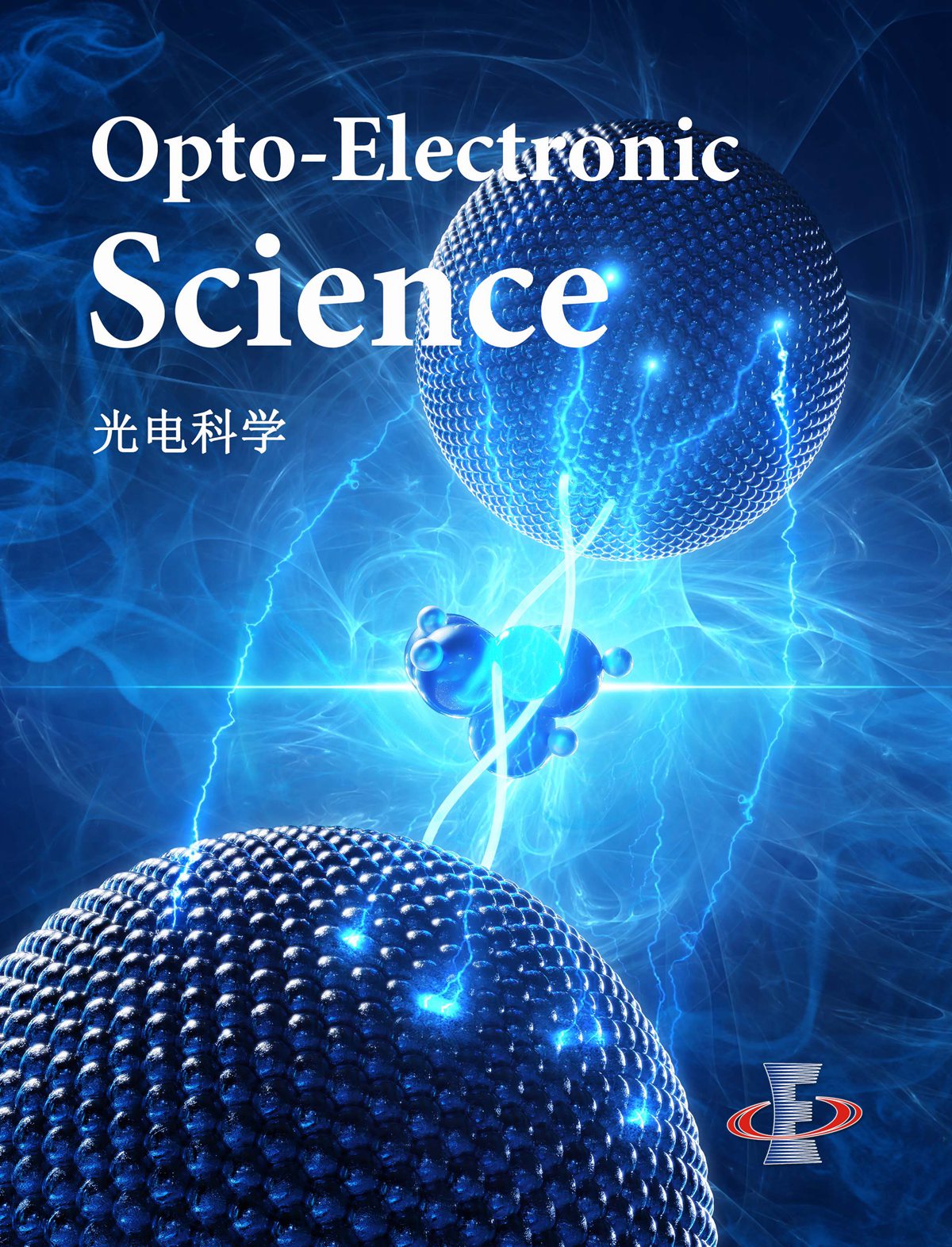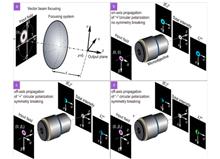 View fulltext
View fulltext
Hall effect of light is a result of symmetry breaking in spin and/or orbital angular momentum (OAM) possessing optical system and is caused by e.g. refractive index gradient/interface between media or focusing of a spatially asymmetrical beam, similar to the electric field breaking the symmetry in spin Hall effect for electrons. The angular momentum (AM) conservation law in the ensuing asymmetric system dictates redistribution of spin and orbital angular momentum, and is manifested in spin-orbit, orbit-orbit, and orbit-spin conversions and reorganization, i.e. spin-orbit and orbit-orbit interaction. This AM restructuring in turn requires shifts of the barycenter of the electric field of light. In the present study we show, both analytically and by numerical simulation, how different electric field components are displaced upon tight focusing of an asymmetric light beam having OAM and spin. The relation between field components shifts and the AM components shifts/redistribution is presented too. Moreover, we experimentally demonstrate, for the first time, to the best of our knowledge, the spin-orbit Hall effect of light upon tight focusing in free space. This is achieved using azopolymers as a media detecting longitudinal or z component of the electrical field of light. These findings elucidate the Hall effect of light and may broaden the spectrum of its applications.









